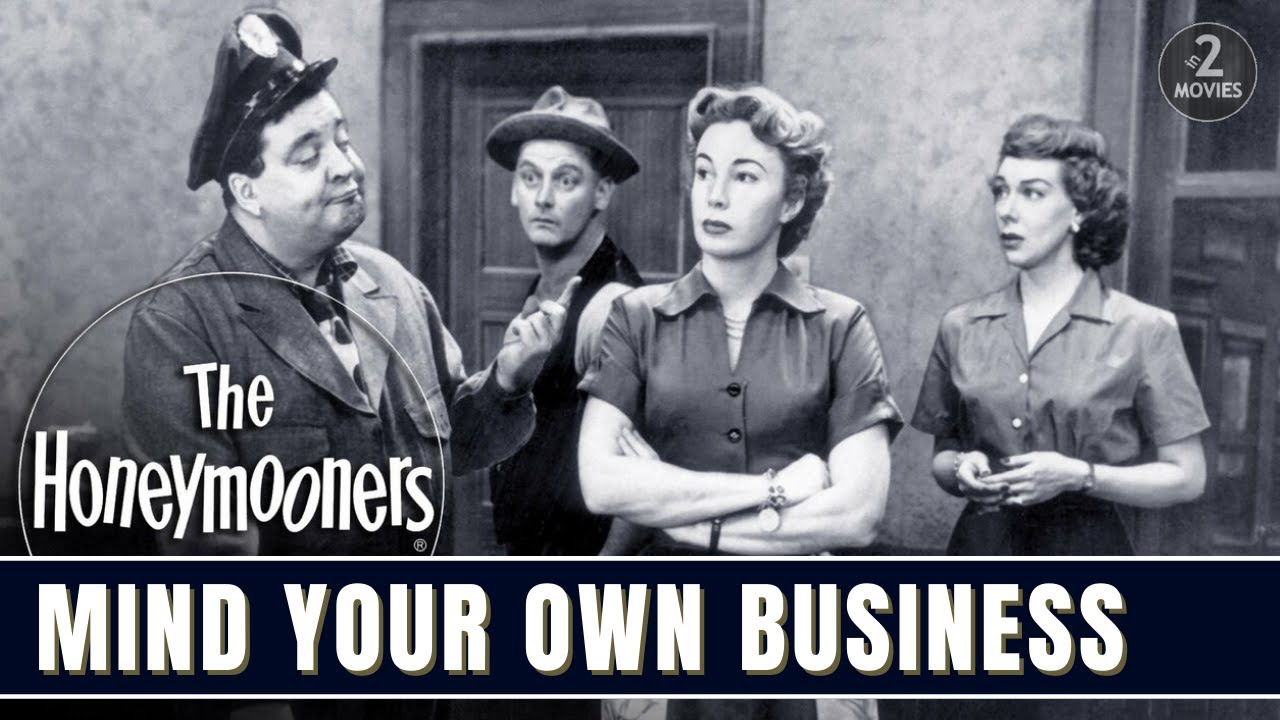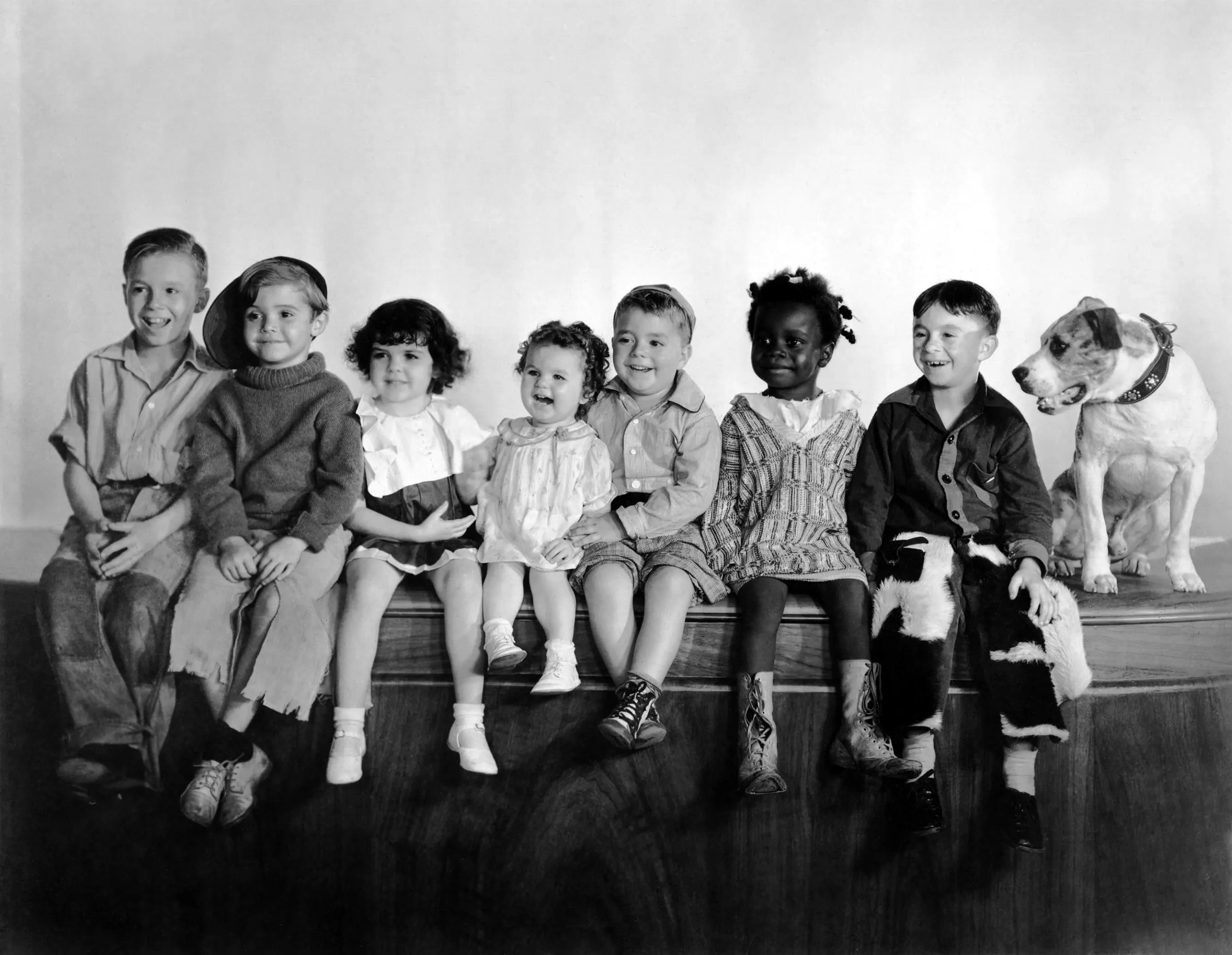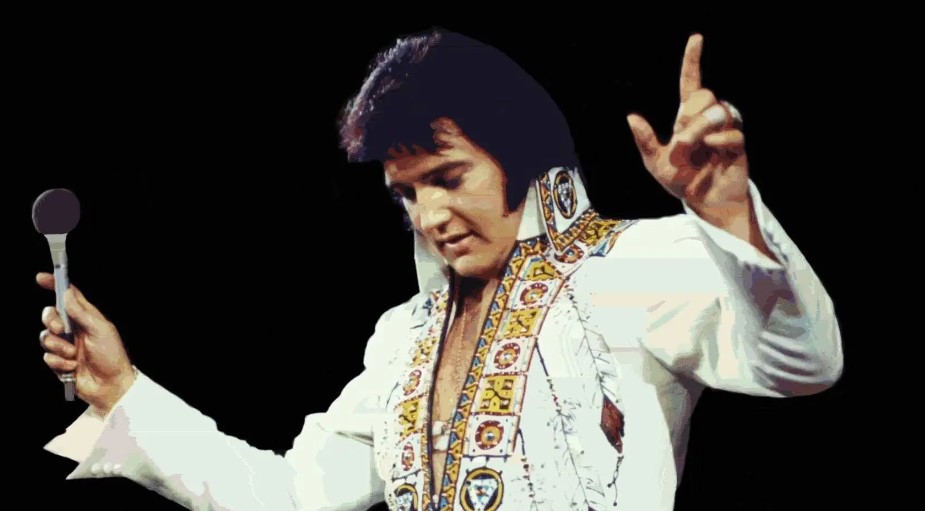In the golden age of television, one comedy duo stood out as a beacon of humor, love, and laughter. George Burns and Gracie Allen, with their endearing personalities and impeccable comedic timing, charmed audiences across America for over a decade through "The George Burns and Gracie Allen Show." This iconic sitcom, which aired from 1950 to 1958, showcased the unique talents of its stars and left an indelible mark on the history of television comedy. In this article, we will delve into the captivating world of George and Gracie, their remarkable careers, and the enduring legacy of their beloved show.
(Watch the video below)
The Birth of a Legendary Comedy Duo

George Burns and Gracie Allen first met in 1922 when they were paired together for a vaudeville act. Their chemistry and comedic rapport were apparent from the start, and they quickly became a popular attraction on the vaudeville circuit. Their act featured George as the straight man, playing the role of a befuddled and exasperated husband, while Gracie portrayed the scatterbrained wife whose misunderstandings and misinterpretations fueled the comedic hijinks.
From Vaudeville to Radio

As vaudeville's popularity waned, George and Gracie transitioned to the emerging medium of radio. In 1932, "The George Burns and Gracie Allen Show" made its debut on the radio waves. The show followed the same successful formula as their vaudeville act, with Gracie's hilarious malapropisms and misunderstandings serving as the comedic center. The radio show became an instant hit, captivating audiences with its timeless humor and endearing characters.
The Transition to Television
With the advent of television in the late 1940s, George Burns and Gracie Allen were among the first vaudeville and radio stars to make a seamless transition to the small screen. "The George Burns and Gracie Allen Show" premiered on CBS television on October 12, 1950, marking a new chapter in their illustrious career. The format remained true to their successful radio show, presenting the lovable couple's domestic adventures and humorous miscommunications.
The Unique Brand of Comedy
At the heart of "The George Burns and Gracie Allen Show" was the unique brand of comedy that George and Gracie brought to the screen. George's deadpan delivery and witty one-liners served as the perfect foil to Gracie's zany and endearing antics. Gracie's knack for twisting language and creating hilariously convoluted scenarios showcased her comedic genius. Together, they proved that a successful comedy duo didn't need to rely on slapstick or physical humor to make audiences laugh heartily.
Breaking the Fourth Wall

One of the show's defining features was its innovative use of breaking the fourth wall. Gracie Allen's character often interacted with the audience directly, acknowledging the presence of the viewers and even engaging in playful banter with them. This meta-comedic approach was ahead of its time and added an extra layer of charm to the show, making the viewers feel like they were part of the delightful antics.
The Supporting Cast

While George Burns and Gracie Allen were the stars of the show, the supporting cast played a crucial role in its success. Neighbors and friends Blanche Morton (played by Bea Benaderet) and Harry Morton (played by Hal March, later replaced by Larry Keating) added depth to the series with their own comedic contributions. Bea Benaderet's portrayal of Blanche, who frequently indulged in Gracie's nonsensical schemes, complemented Gracie's character perfectly, leading to memorable and amusing interactions.
A Family Affair

The show's familial feel extended beyond the screen. In real life, George Burns and Gracie Allen were married, making their portrayal of a married couple all the more authentic and endearing. Their genuine affection for one another shone through their performances, adding an extra layer of warmth and charm to the show. Their successful partnership, both on and off the screen, was an integral part of the show's lasting appeal.
Awards and Recognition
"The George Burns and Gracie Allen Show" received critical acclaim during its run and was consistently ranked among the top-rated shows of its time. The show won several Emmy Awards, including Best Series in 1952, and Gracie Allen received the Emmy for Best Actress in a Leading Role in a Comedy Series in 1953.
The Show's Enduring Legacy

Even after the show ended in 1958, "The George Burns and Gracie Allen Show" continued to live on in the hearts of its fans. Reruns introduced the classic comedy to new generations, ensuring that George and Gracie's humor and wit were appreciated by audiences far beyond their original air dates. The show's influence can be seen in subsequent comedy duos and sitcoms, as well as the enduring popularity of the "husband and wife" comedy dynamic.
Conclusion

"The George Burns and Gracie Allen Show" remains a timeless classic of television comedy, a testament to the enduring appeal of its legendary stars. The duo's unique brand of humor, Gracie's unforgettable scatterbrained charm, and George's straight man brilliance continue to delight audiences of all ages. Their show's lasting legacy lies in its ability to evoke genuine laughter, its innovation in comedic storytelling, and the endearing connection between George Burns and Gracie Allen, both on and off the screen. As long as there are audiences who appreciate heartwarming humor and comedic mastery, George and Gracie's delightful on-screen adventures will remain a cherished part of television history.



